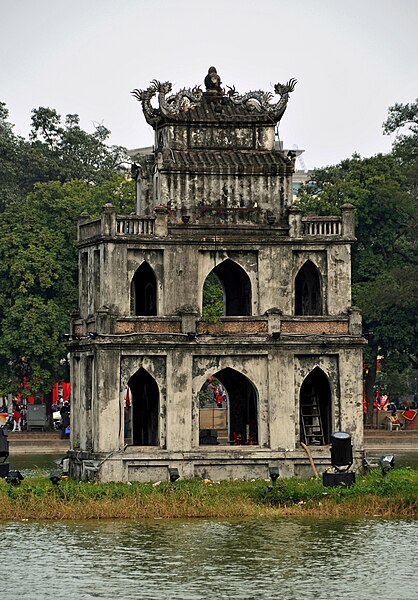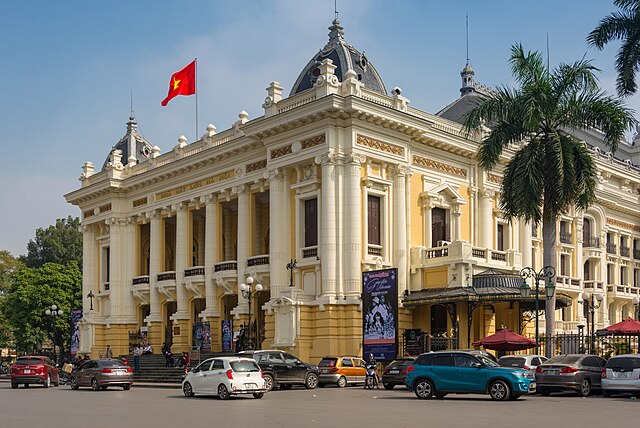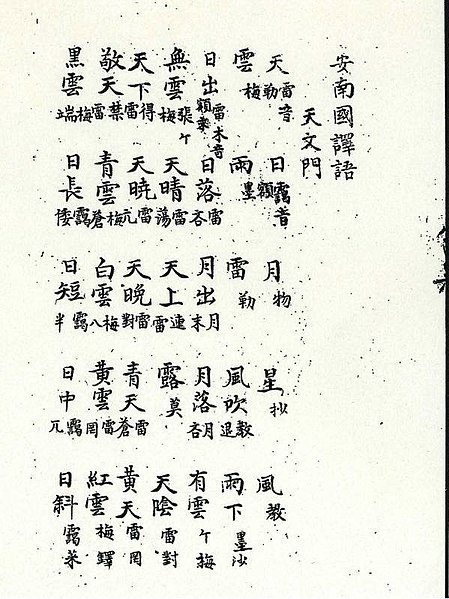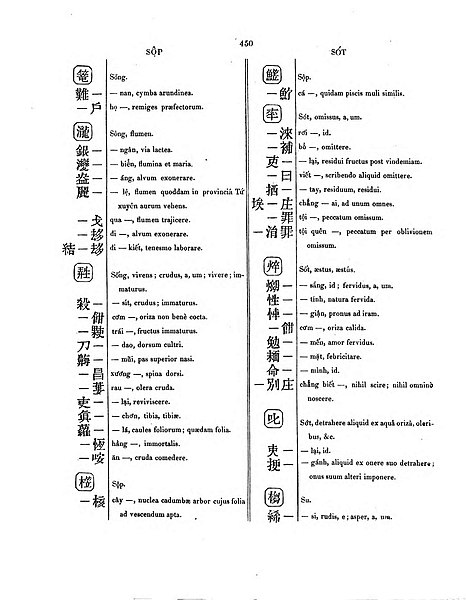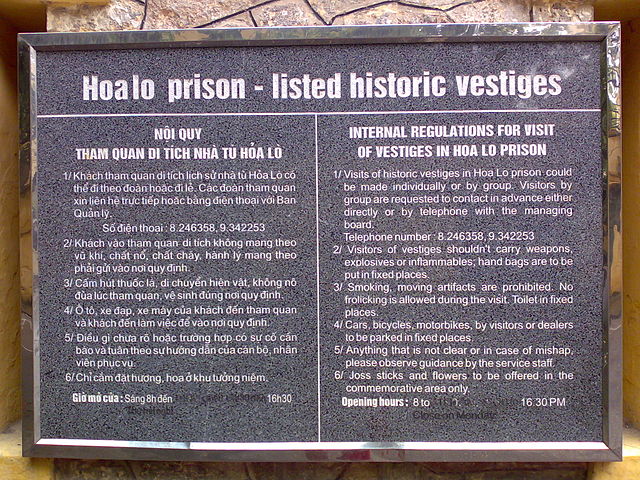Hanoi is the capital and second-most populous city of Vietnam. As evident by the literal translation of its name – 'inside the river' – portions of Hanoi's border are delineated by the Red and Black Rivers. As a municipality, Hanoi consists of 12 urban districts, 17 rural districts, and one district-level town. It has an area of 3,359.84 km2 (1,297.24 sq mi) and a population of 8,435,700 in 2022. In 2022, Hanoi has the second-highest gross regional domestic product of all Vietnam provinces and municipalities at 51.4 billion USD, behind Ho Chi Minh City. Hanoi Capital is also ASEAN 8th largest economy after Surabaya.
Image: Hanoi Skyline NKS
Image: Turtle Tower, Hoan Kiem Lake, Hanoi (3531374428)
Image: 03769 Hanoi (32342168616)
Image: Hanoi Opera House, 24 December 2016
Vietnamese is an Austroasiatic language spoken primarily in Vietnam where it is the national and official language. Vietnamese is spoken natively by around 85 million people,
several times as many as the rest of the Austroasiatic family combined. It is the native language of the Vietnamese (Kinh) people, as well as a second or first language for other ethnic groups in Vietnam.
An Nam quốc dịch ngữ 安南國譯語 recorded the pronunciations of 15th century Vietnamese, such as for 天 (sky) - 雷 /luei/ representing blời (Modern Vietnamese: trời).
In the bilingual dictionary Nhật dụng thường đàm (1851), Chinese characters (chữ Nho) are explained in chữ Nôm.
Jean-Louis Taberd's dictionary Dictionarium anamitico-latinum (1838) represents Vietnamese (then Annamese) words in the Latin alphabet and chữ Nôm.
A sign at the Hỏa Lò Prison museum in Hanoi lists rules for visitors in both Vietnamese and English.


